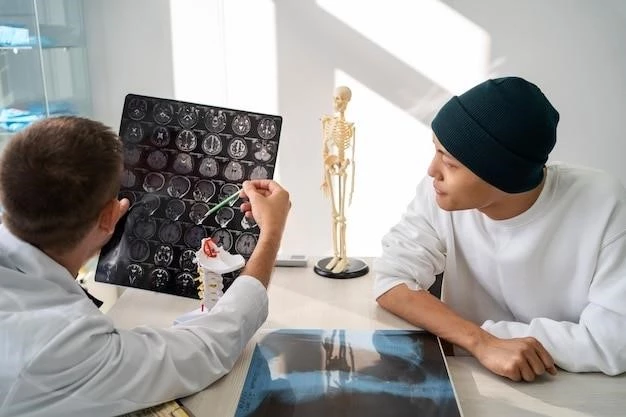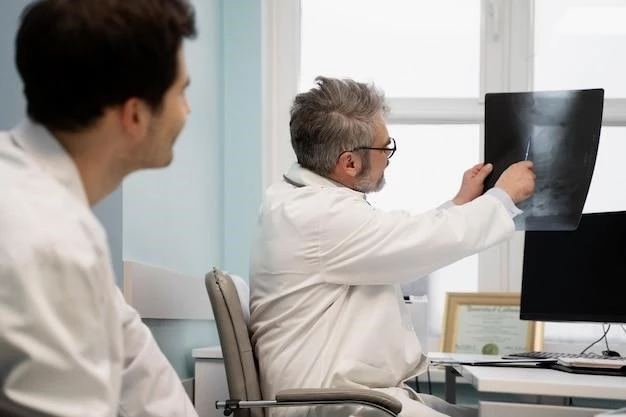Understanding Centronuclear Myopathy
When diving into the realm of Centronuclear Myopathy, it’s crucial to explore its various facets such as causes, symptoms, diagnosis, treatment options, genetic inheritance, management, research, daily living, and support resources.
Causes of Centronuclear Myopathy
Centronuclear Myopathy, a rare genetic muscle disorder, is caused by mutations in specific genes that affect muscle cells’ structure and function. The condition can arise due to spontaneous mutations or be inherited from parents. Mutations in genes such as DNM2, BIN1, and MTM1 have been linked to different forms of centronuclear myopathy. These genetic changes impair the normal development and functioning of muscle cells, leading to muscle weakness and other symptoms associated with the condition.
It’s essential to consult with healthcare professionals and genetic counselors to understand the genetic basis of centronuclear myopathy in individual cases. Genetic testing can help identify the specific gene mutations involved and provide valuable information for treatment and management strategies. Research into the genetic causes of centronuclear myopathy continues to advance our understanding of this complex disorder, paving the way for more targeted therapies and interventions in the future.
Symptoms and Diagnosis of Centronuclear Myopathy
Centronuclear Myopathy presents with a range of symptoms that may include muscle weakness, fatigue, respiratory difficulties, swallowing problems, and joint contractures. Individuals with this condition may experience delayed motor skills development and challenges with coordination.
Diagnosis involves a thorough evaluation of symptoms, physical examination, and various tests such as muscle biopsies, genetic testing, electromyography (EMG), and imaging studies. A multidisciplinary approach involving neurologists, geneticists, and other specialists is often necessary to confirm the diagnosis and establish an appropriate treatment plan.
Early identification of centronuclear myopathy is crucial for initiating interventions to manage symptoms, slow disease progression, and improve quality of life. Regular monitoring and communication with healthcare providers are essential to address changes in symptoms and adjust treatment strategies as needed.

Treatment Options for Centronuclear Myopathy
Currently, there is no cure for Centronuclear Myopathy, but treatment aims to manage symptoms and improve quality of life. Approaches may include physical therapy to maintain muscle strength and flexibility, respiratory support to address breathing difficulties, and speech therapy for swallowing issues.
Medications such as pain relievers and anti-inflammatory drugs may help manage discomfort and inflammation. In some cases, mobility aids like braces or wheelchairs may be recommended to assist with movement. Surgical interventions, such as tendon release procedures, could be considered to address contractures.
Additionally, clinical trials and research studies are exploring potential therapies for centronuclear myopathy, including gene therapies and other experimental treatments. It’s essential for individuals with this condition to work closely with healthcare providers to determine the most appropriate treatment options based on their specific symptoms and needs.
Genetic Inheritance of Centronuclear Myopathy
Centronuclear Myopathy can be inherited in an autosomal dominant, autosomal recessive, or X-linked recessive pattern, depending on the specific gene involved. Autosomal dominant inheritance means that a mutation in one copy of the gene is sufficient to cause the condition, while autosomal recessive inheritance requires mutations in both copies of the gene.
X-linked recessive inheritance affects males more frequently, as they have only one X chromosome. In these cases, male offspring inherit the mutation from their carrier mothers. Genetic counseling is crucial for families affected by centronuclear myopathy to understand the risks of passing on the condition and make informed decisions about family planning.
Advances in genetic testing have improved our ability to identify gene mutations associated with centronuclear myopathy and provide accurate risk assessments for affected individuals and their family members. Understanding the genetic basis of the condition is key to developing personalized treatment and management strategies tailored to each individual’s needs.
Management and Care for Centronuclear Myopathy
Effective management of Centronuclear Myopathy involves a holistic approach to address the diverse needs of individuals living with the condition. Physical therapy plays a crucial role in maintaining muscle strength and mobility, while occupational therapy can help with daily activities and adaptive tools.
Regular monitoring by healthcare providers is essential to track disease progression and adjust treatment plans accordingly. Nutritional support may be recommended to ensure optimal dietary intake and promote overall health. Psychological support and counseling can also benefit both individuals and their caregivers in coping with the emotional challenges of living with a chronic condition.
Creating a supportive environment at home and in the community, with accessibility modifications and assistive devices as needed, can enhance quality of life for individuals with Centronuclear Myopathy. Collaboration with healthcare professionals, caregivers, and support groups can provide valuable resources and assistance in navigating the challenges associated with the condition.
Research and Developments in Centronuclear Myopathy
Ongoing research into Centronuclear Myopathy is focused on understanding the underlying genetic mechanisms of the condition, exploring potential treatment options, and improving quality of life for affected individuals. Advances in gene therapy hold promise for targeted interventions that could address the root cause of the disorder.
Clinical trials are evaluating novel therapies, including gene editing techniques and muscle regeneration approaches, to potentially slow disease progression and enhance muscle function. Collaborations between researchers, healthcare professionals, and patient advocacy groups are vital in driving forward progress in the field of centronuclear myopathy.
By participating in research studies, individuals with centronuclear myopathy can contribute to the development of new treatments and interventions that may benefit future generations. Staying informed about the latest research findings and clinical trials can empower individuals and families affected by centronuclear myopathy to explore innovative options and be active participants in advancing knowledge and care for this rare condition.
Living with Centronuclear Myopathy
Living with Centronuclear Myopathy presents unique challenges, but with a supportive network and proactive approach, individuals can enhance their quality of life. It’s important to focus on abilities rather than limitations and to adapt activities to suit individual needs and capabilities.
Establishing a routine that includes appropriate exercise, rest, and nutrition can help manage symptoms and maintain overall well-being. Engaging in social activities, hobbies, and mental health practices like mindfulness or counseling can promote emotional resilience and a positive outlook.
Open communication with healthcare providers, family members, and support groups is key to addressing evolving needs and accessing resources that can improve daily life. Embracing assistive devices, mobility aids, and accessibility modifications can empower individuals with Centronuclear Myopathy to navigate challenges and remain independent.
Support Resources for Centronuclear Myopathy
Individuals with Centronuclear Myopathy and their families can benefit from a variety of support resources that offer information, assistance, and community connection. Patient advocacy organizations like the Myotubular Trust and Cure CNM provide valuable resources, advocacy support, and research updates.
Local or online support groups offer opportunities to connect with others facing similar challenges, share experiences, and access emotional support. Genetic counselors can provide guidance on family planning, inheritance patterns, and available testing options.
Healthcare professionals, including neurologists, physical therapists, and occupational therapists, play crucial roles in managing Centronuclear Myopathy. Working collaboratively with a multidisciplinary team can ensure comprehensive care tailored to individual needs.
Financial assistance programs, home healthcare services, and assistive technology resources may also be available to support individuals with Centronuclear Myopathy in navigating daily living challenges and enhancing quality of life. By leveraging these support resources, individuals can better cope with the physical, emotional, and practical aspects of living with this rare genetic muscle disorder.
